In a world of fleeting trends, the sari stands tall as a symbol of timeless elegance, embracing Indian traditions that have been passed down through generations. Draping myself in a saree connects me to India’s rich cultural heritage, a land known for its diversity. With each fold, I pay homage to the skilled weavers who have preserved these traditions for centuries. Amidst this tapestry of cultural significance, Odisha shines as a custodian of rich handloom traditions and distinct draping techniques.
The saree drapes of Odisha are a true reflection of the women who wear them and their ancestral vocations. From the exquisite Bomkai to the resplendent Sambalpuri, each handloom saree variety, such as Pasapali, Berhampuri, and Khandua, showcases distinct motifs and weaving patterns that narrate tales of heritage and craftsmanship. Join me on a journey through Odisha’s traditional drapes, where vibrant colours and the artistry of weavers intertwine to create captivating tales.
1. Santhal Drape
Influenced by Bengal, it is a unique style originating from northern Odisha. The Santhal community preferred simple cotton clothing for ease of movement, consisting of a two-piece cloth called the “palhand” (bottom) and “panchi” (top). The saree is double-knotted at the right waist with pleats, and the pallu is draped from front to back over the left shoulder. It is traditionally worn without a blouse and petticoat, featuring a distinct dark maroon colour achieved through natural dyes. The check pattern and wide borders add to its traditional appeal.
2. Kuncha Drape
This tribal style from central Odisha involves double-knotting the saree at the right waist. The inner end is brought to the front and tucked in at the centre-back waist, while the outer end is draped anticlockwise and tucked in at the right waist. The pallu is draped from front to back over the left shoulder, and the left portion is brought to the back and tucked in at the centre-back waist. The pallu is then brought from the back to the front, draped over the left arm.
3. Kotpad Drape
This unique tribal style from southern Odisha showcases the craftsmanship, intricate designs, and vibrant colours of the Kotpad saree. The saree is double-knotted at the right waist, with the inner end brought to the front and the outer end pleated and tucked in at the centre back waist. The outer end is draped from front to back over the left shoulder, while the pallu is draped around the chest, brought back to the front over the right shoulder, and knotted with the front drape.
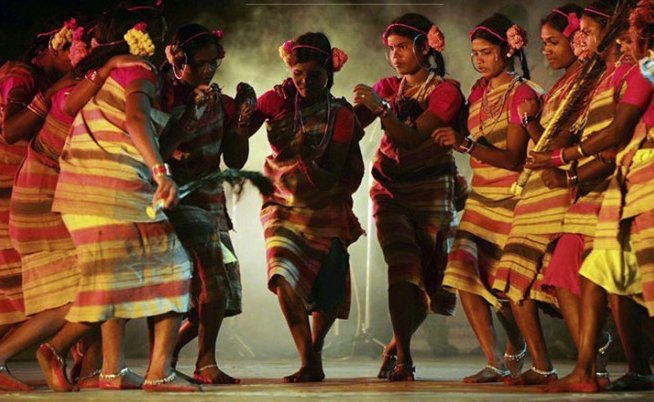
4. Meher Drape
Worn by the Meher weaving community of western Odisha, this simple and elegant style was featured in “Saris: Tradition and Beyond” by Rita Kapur Chisti. It involves double-knotting the saree at the left waist and draping the pleats over the right shoulder. The remaining portion of the saree is draped from the front to the back over the right shoulder, while the pallu is draped from the back to the front over the left shoulder. This style showcases the artistry of the weaving community and is perfect for both casual and formal occasions.
5. Kachha Drape
Originating in central and eastern Odisha, it is a practical and flexible dance drape known for its enhanced mobility and freedom of movement. It involves double-knotting the saree at the centre front waist and pleating the inner end between the legs. The outer end is pleated and tucked in at the centre front waist, while the pallu is draped from the front to the back over the left shoulder. A simplified version eliminates front pleats, resulting in a more streamlined look. The Kachha drape and its variations demonstrate the adaptability of saree draping in Odisha.
6. Ghorapindha Drape
This versatile and practical style is popular among field workers in central and eastern Odisha. It involves double knotting the saree at the right waist and draping the outer end in an anticlockwise direction, with the pallu draped from the back to the front over the left shoulder. This drape, without pleats, offers ease of movement for labour-intensive activities. It represents the cultural heritage and lifestyle of the tribal communities in Odisha.

7. Sadhaba Bohu Style
This drape symbolises Odisha’s cultural heritage and features a white saree with a red border and intricate border work. This style originated with the mariners of the ancient Kalinga empire and their wives, who maintained cultural connections through rituals like Boita Bandaana. The drape celebrates Odisha’s influence on fashion while preserving its customs.
8. Sambalpuri Dance Drape
The style showcases vibrant Sambalpuri sarees in a practical, knee-length fashion, enhancing movements and footwork. It preserves the artistic legacy of Odisha’s Sambalpuri sarees, adding cultural symbolism to dance performances.
9. Odissi Dance Drape
Odissi, a classical dance style from Odisha, has a unique saree drape that prioritises comfort, freedom of movement, and elegance. The draping techniques, such as the Mehari style, cater to intricate footwork and graceful movements, enhancing the rhythmic patterns created by the feet.
10. ‘Desia Pindha’ Drape
This unique saree drape of the Koraput tribals in Odisha is specifically worn for the Dhemsa dance form, showcasing the simplicity and liveliness of tribal culture. The traditional Koraput sarees, known as Kotpads, are made from natural dyes and used in this style. Dhemsa stands out with its distinctive dressing, including feathers, traditional sarees, and jewellery, making it a visually striking dance form.

Traditional Odiani Drape
The traditional Odisha style of saree draping showcases the region’s cultural heritage. The saree is wrapped around the lower body in an anti-clockwise direction, with the upper border tucked at the left waist. The rest is thrown over the left shoulder, and the loose end can be pleated or folded depending on activity. Blouses and petticoats were not commonly worn, and the head covering only partially covered the top.
Epilogue
These saree draping styles embody the rich cultural heritage of Odisha, with each style showcasing the artistic legacy of the state. Special thanks to Border & Fall’s “The Sari Series: An Anthology of Drape” project for documenting some of Odisha’s unique draping styles.
As I write this article, I am adorned in a beautiful saree from Odisha, experiencing firsthand the beauty and grace of this powerful symbol of Odisha’s cultural influence and timeless elegance.
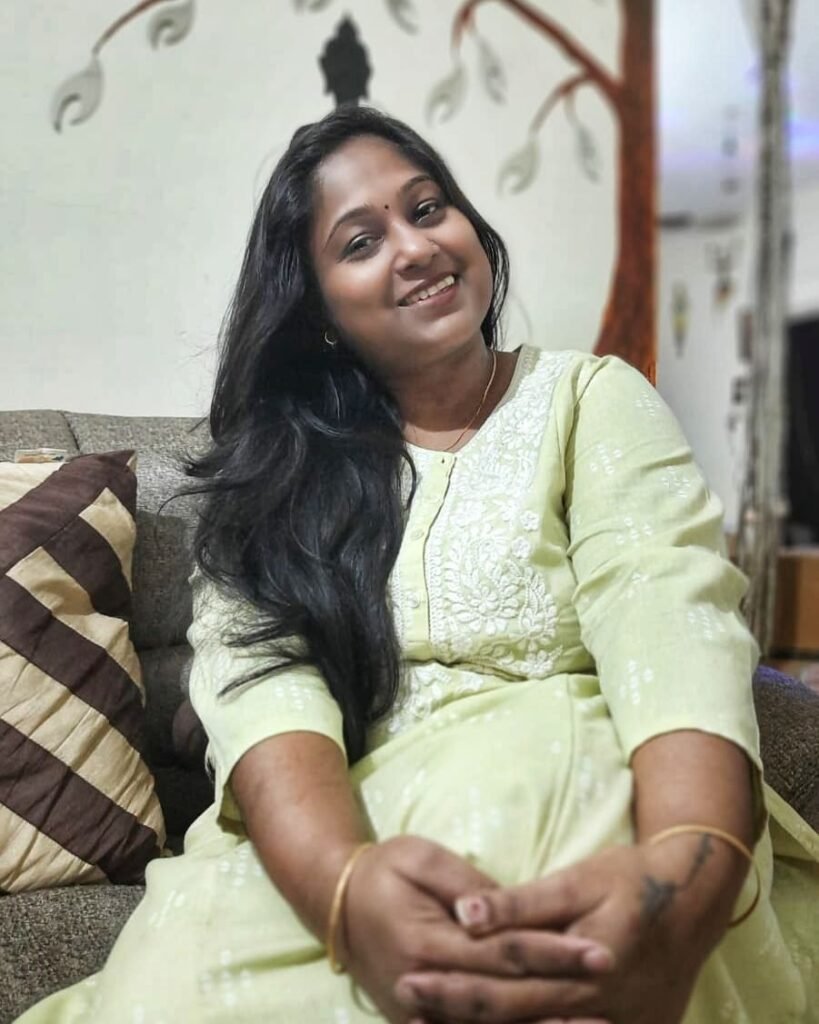
By Deepa Perumal
Deepa Perumal is an MBA student & management professional, and a passionate advocate for women’s empowerment. As a career mentor, entrepreneur, and multilingual author, she shares her insights through blogging and writing features on history, world cultures, travelogues and memoirs. Contact her at deepabperumal@gmail.com





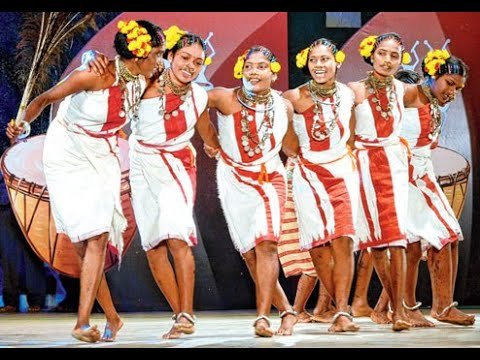
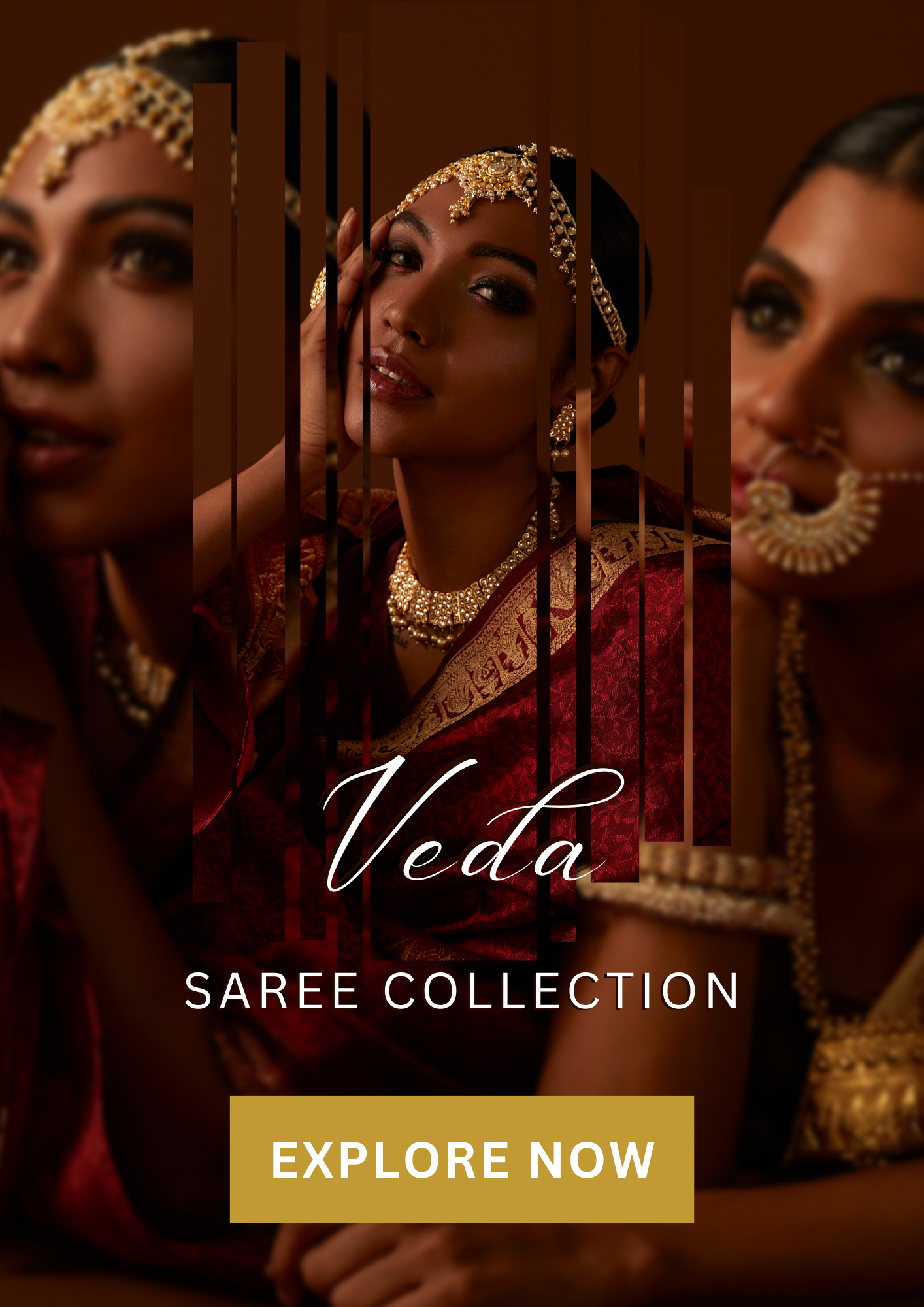

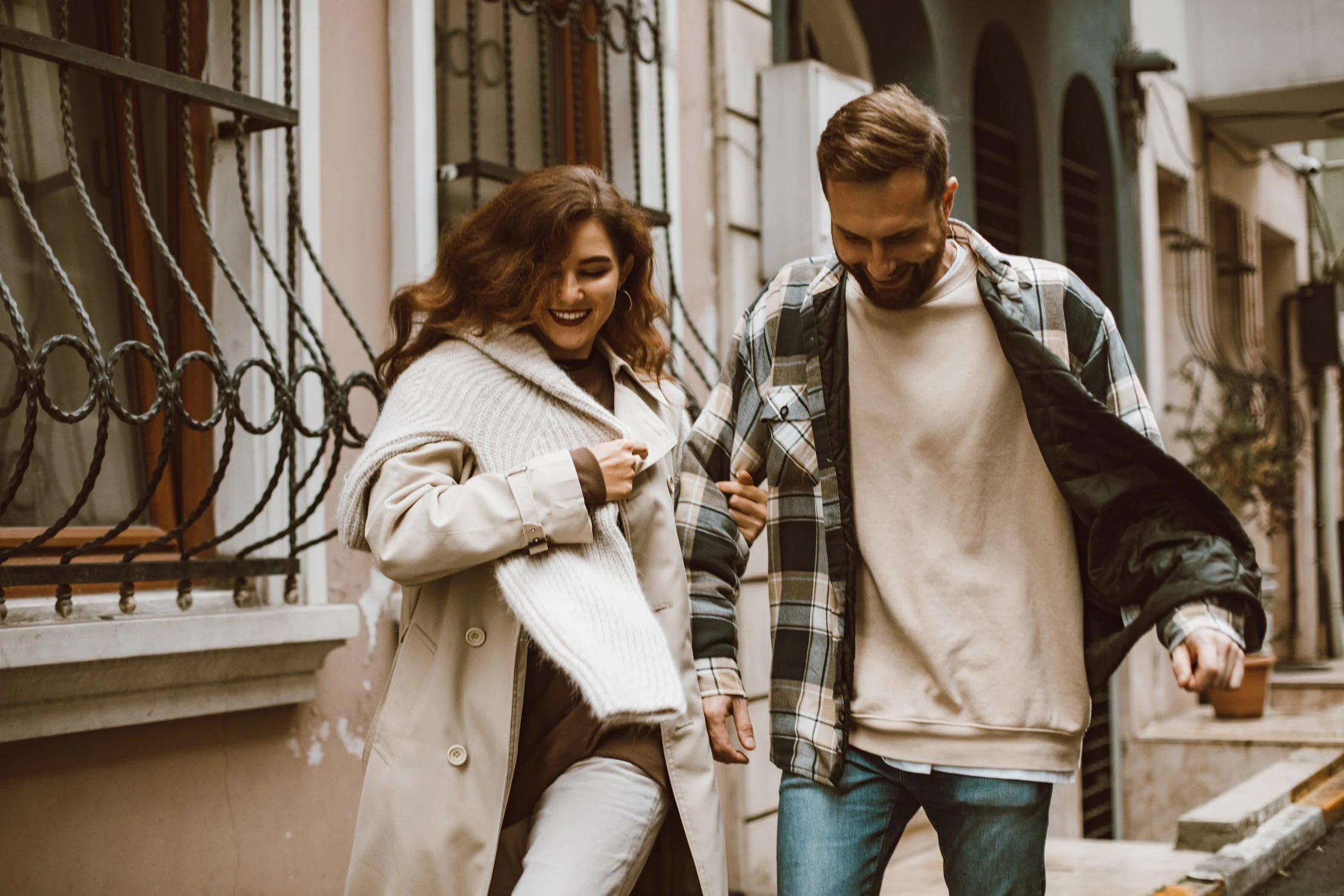
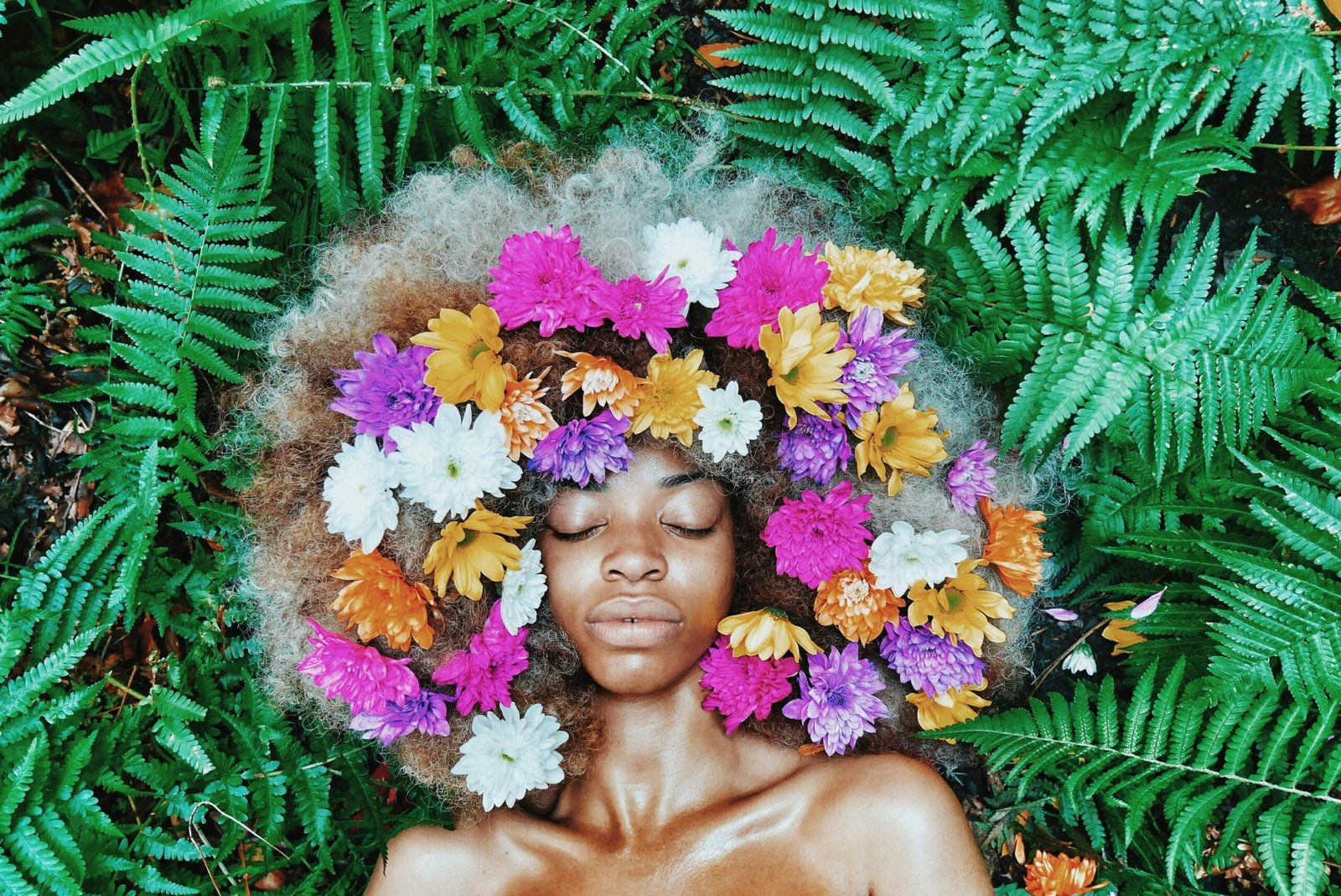




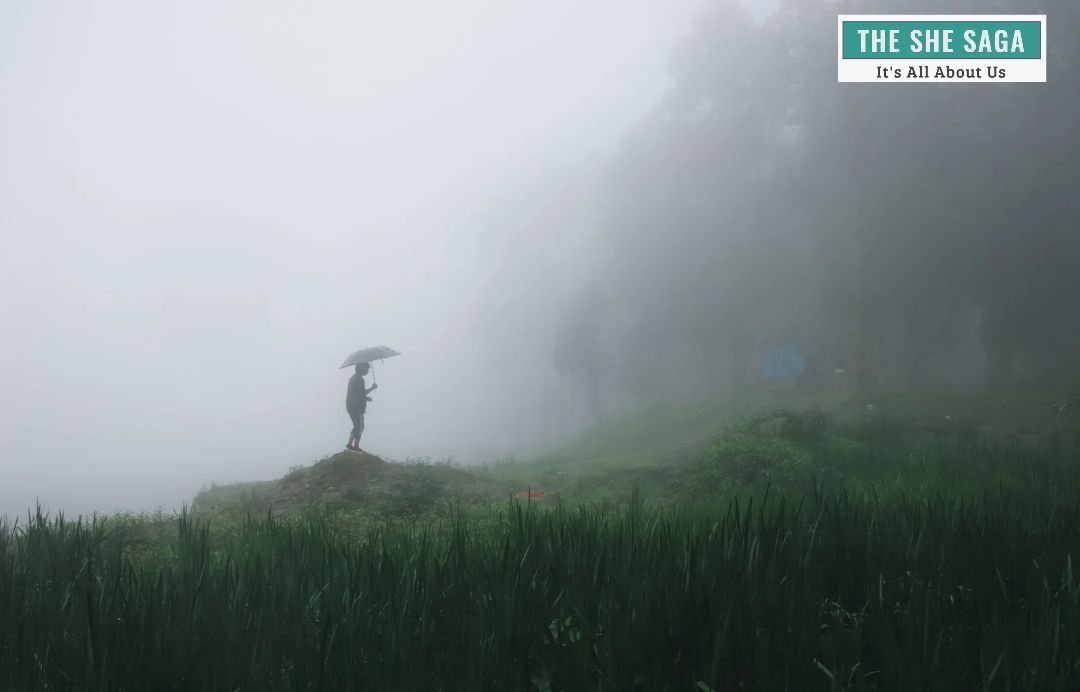

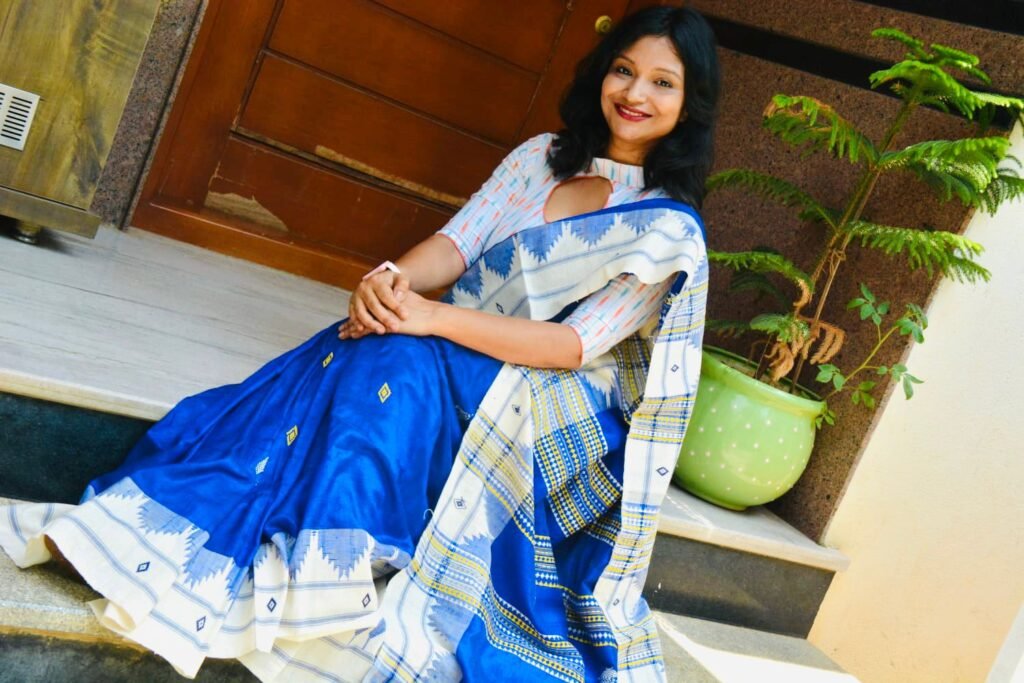
Facebook Comments